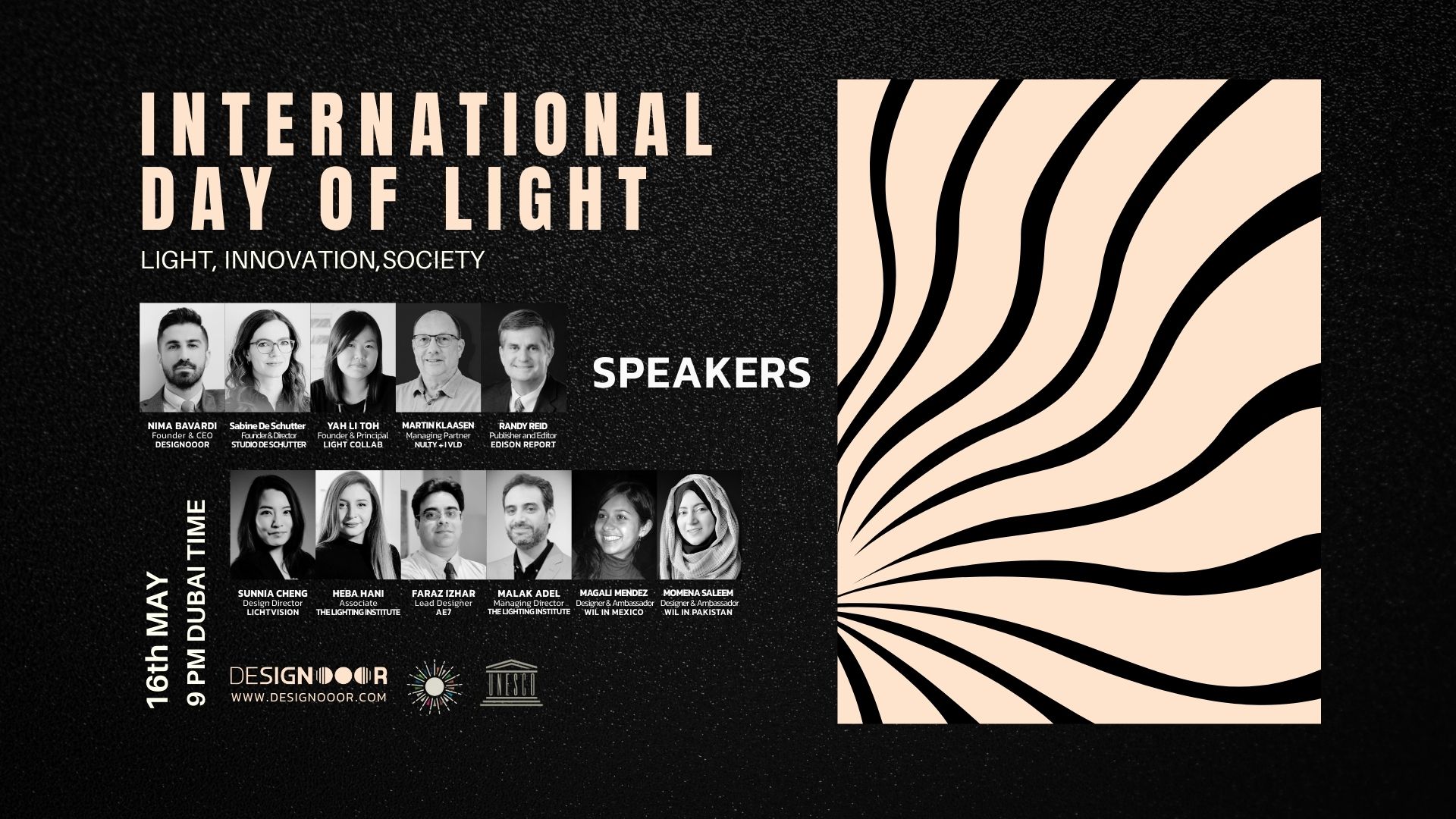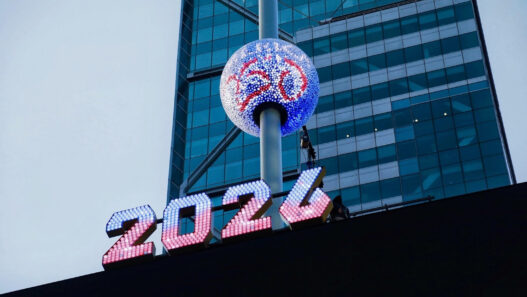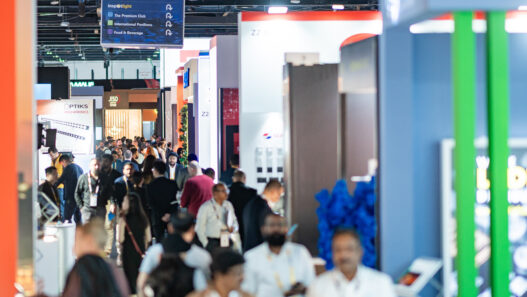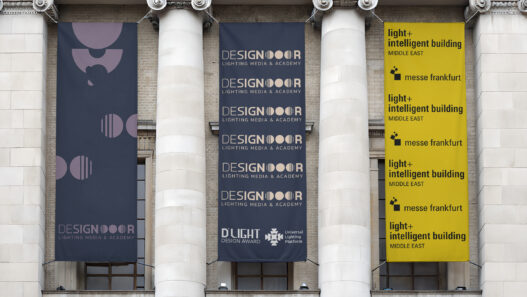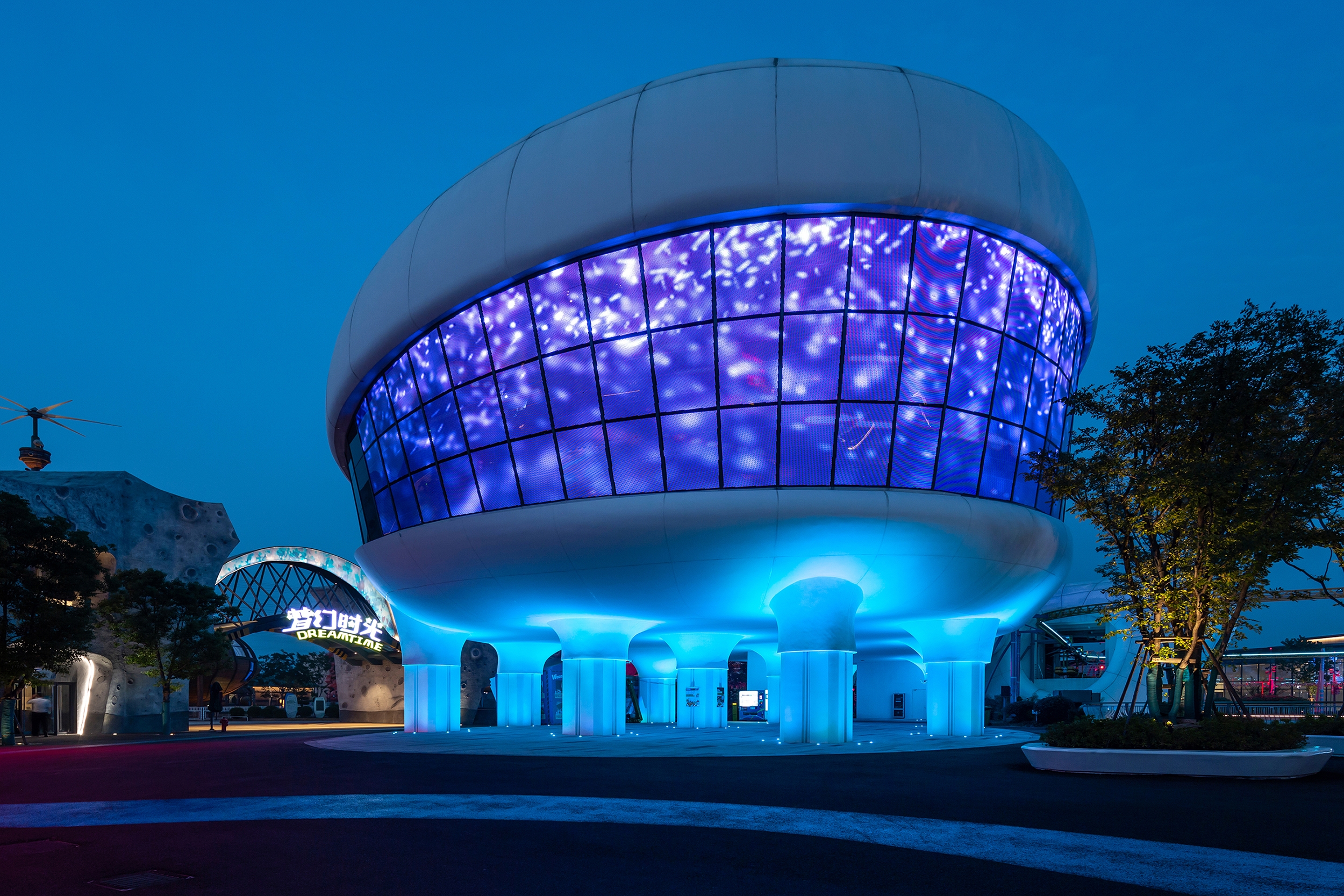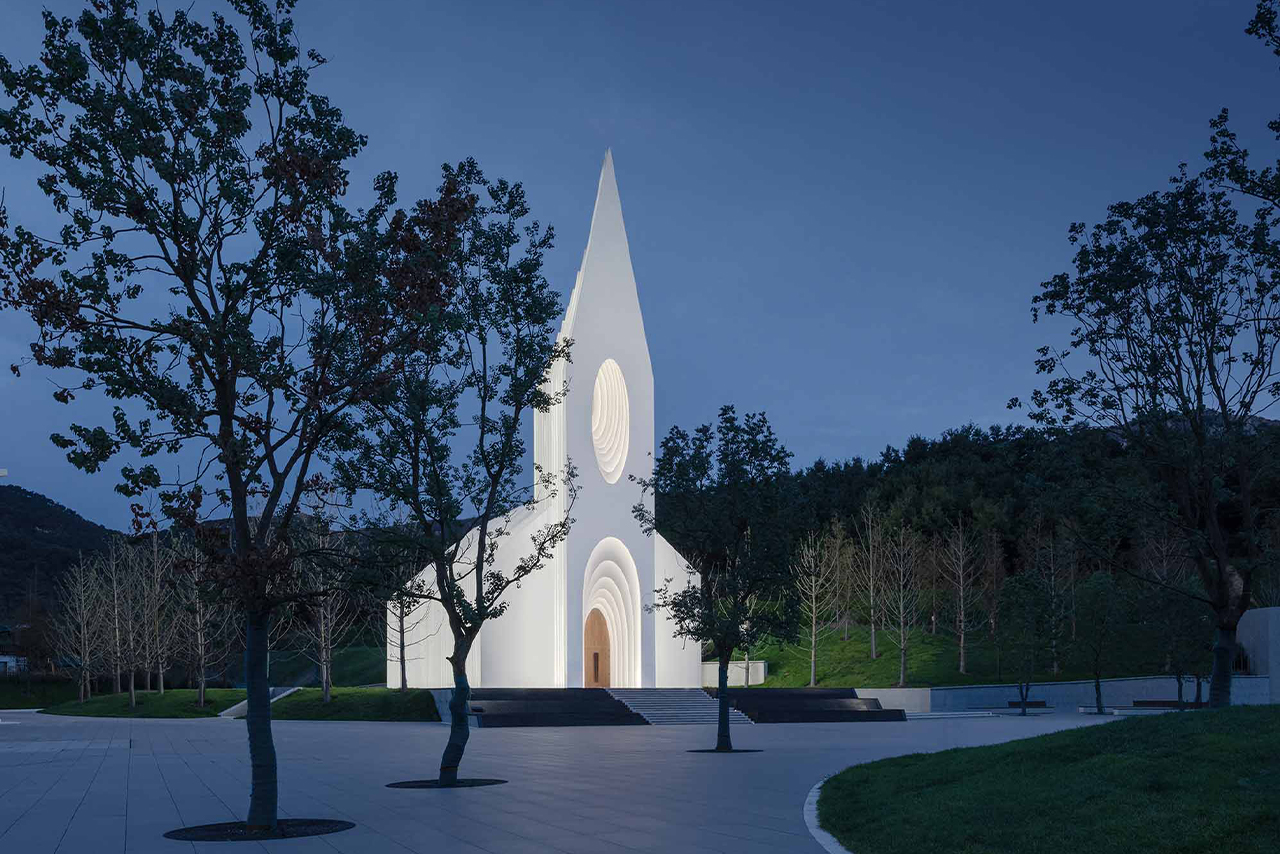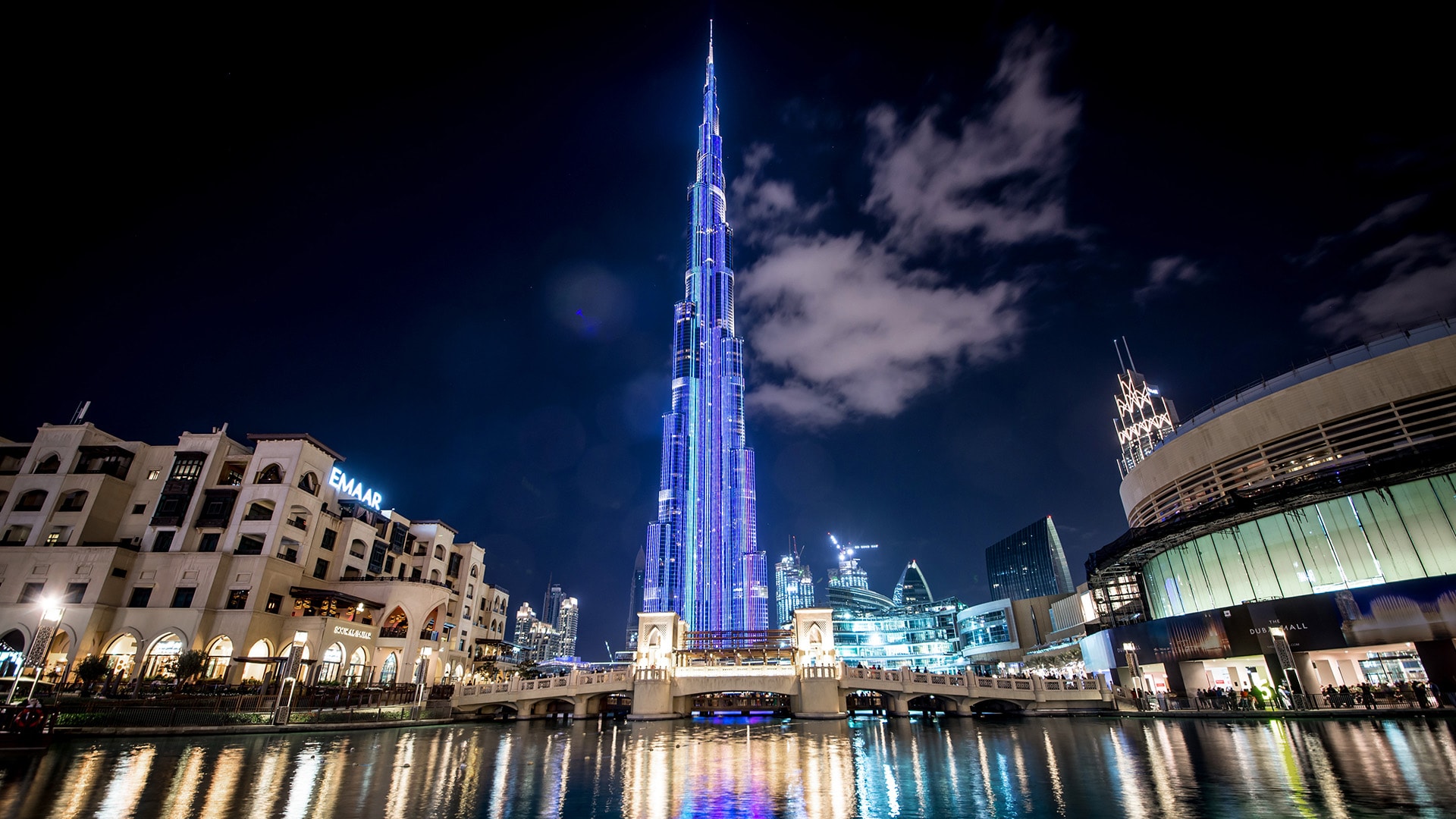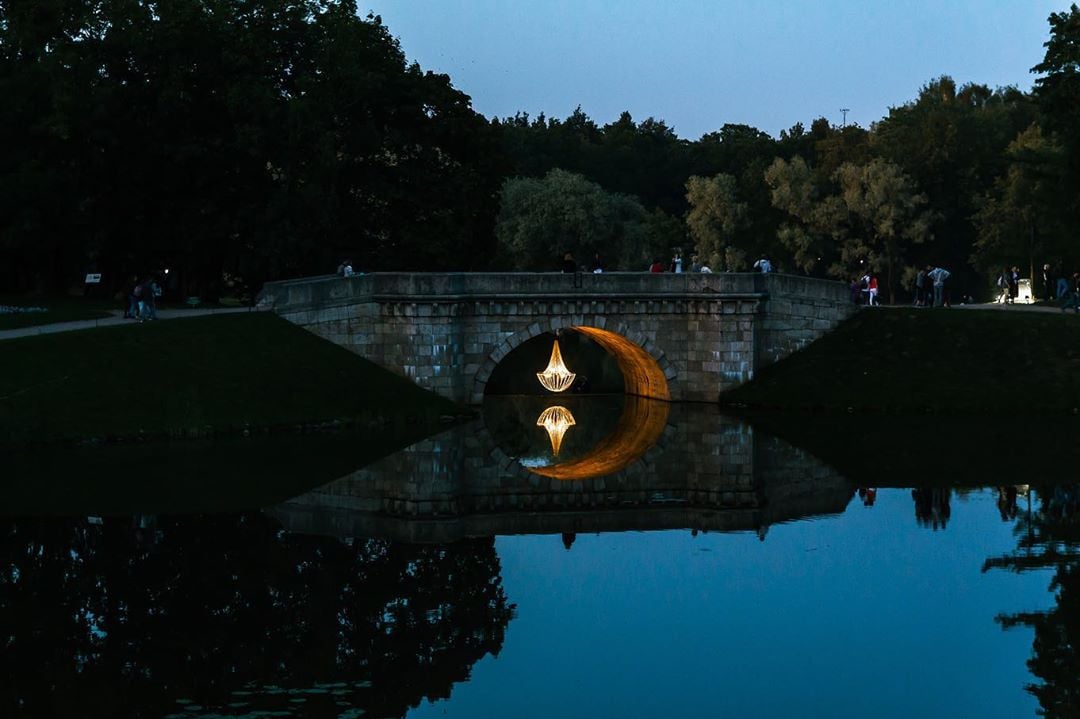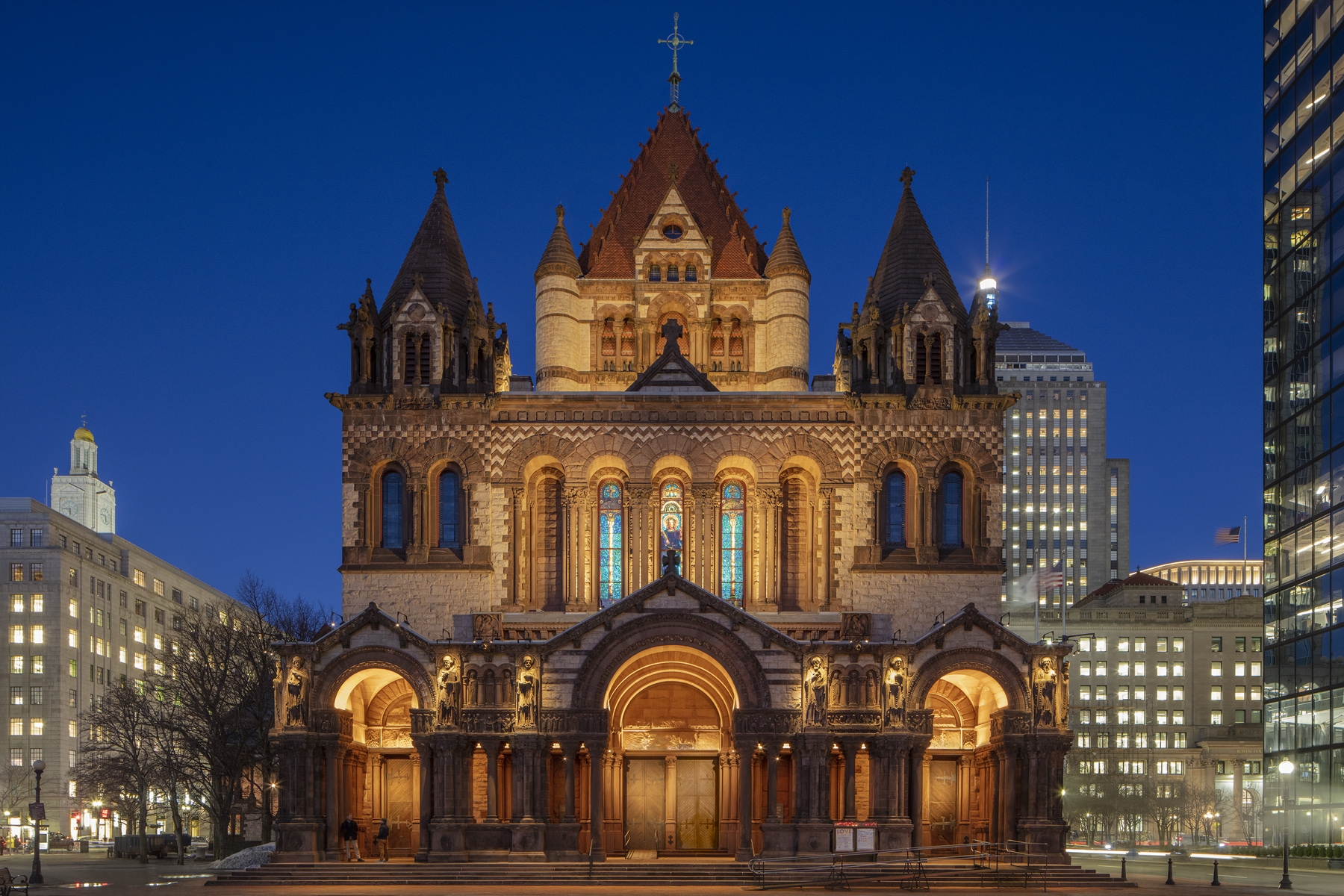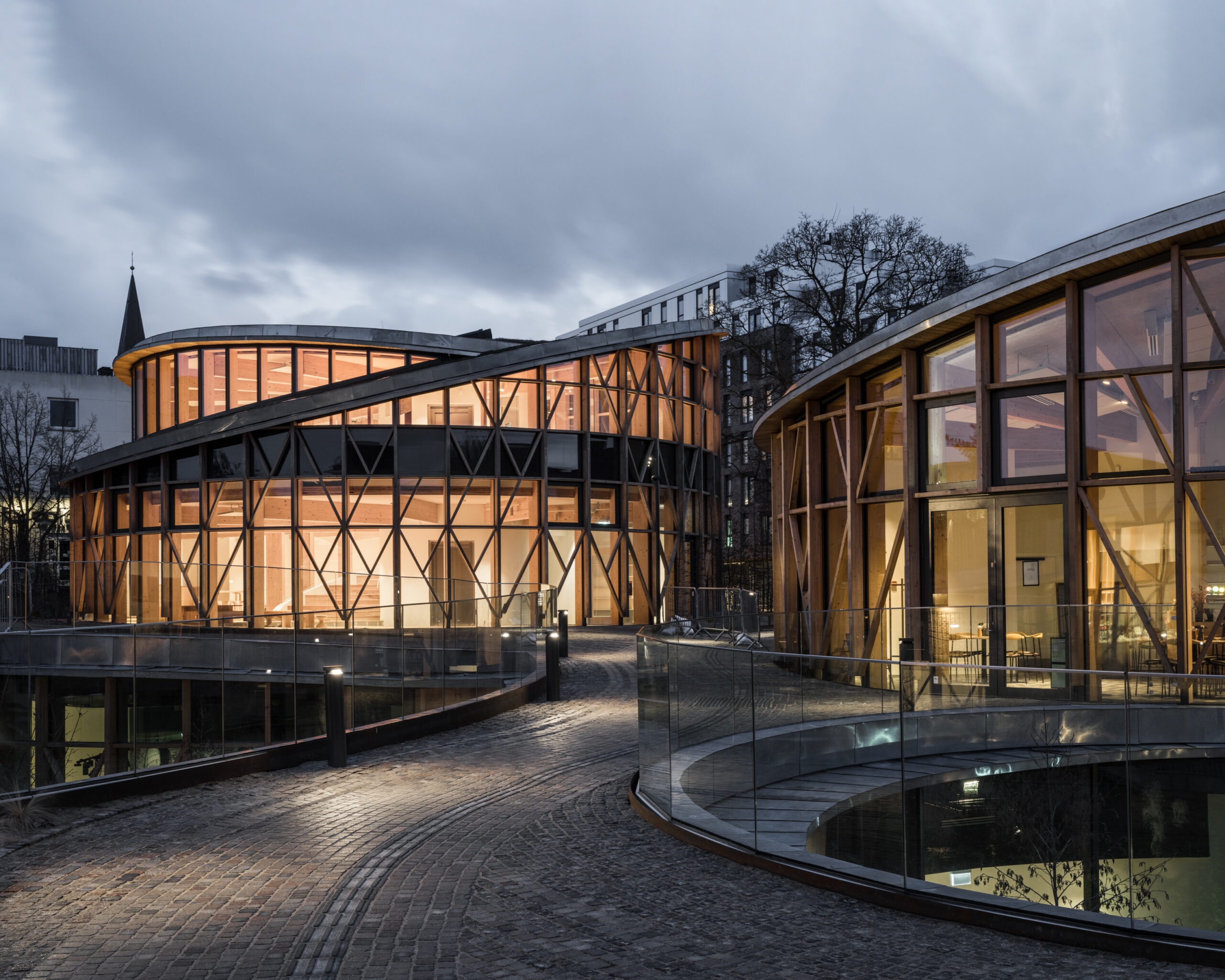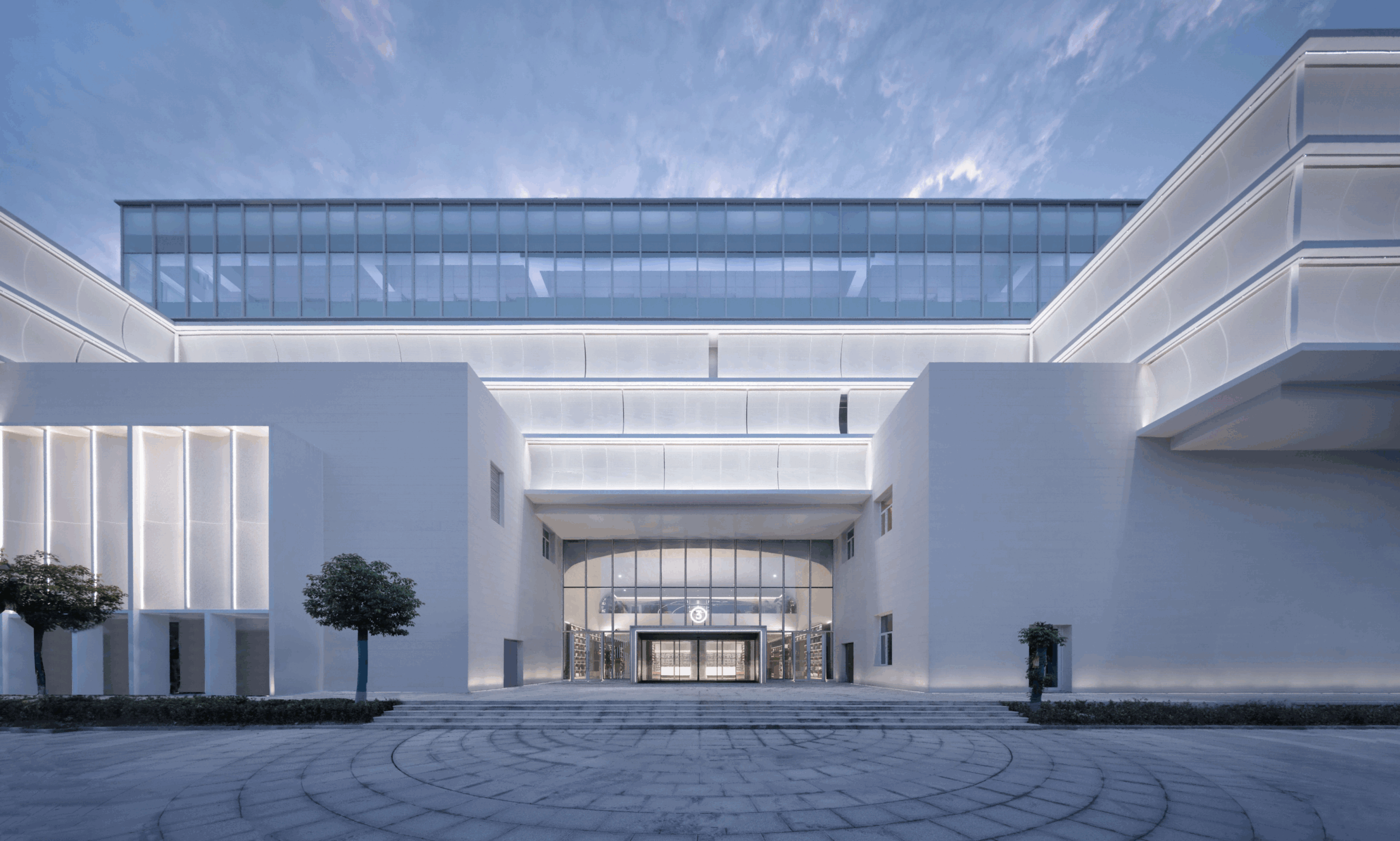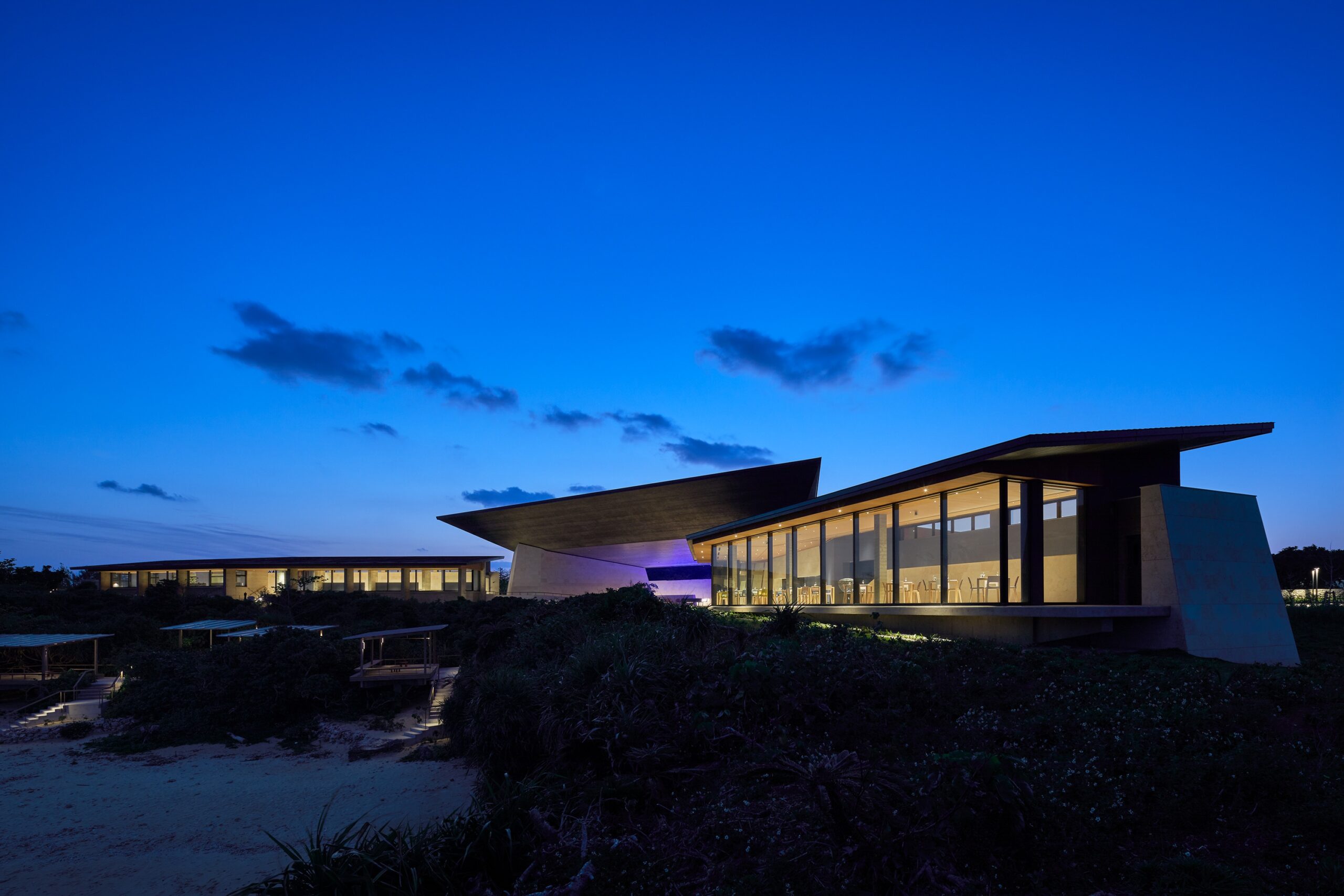This architecture, with its lighting design and its subtleties, is a prime example of the fusion of art and technology in contemporary architecture. Aesthetically, the lighting in this project is done in a precise and delicate manner, instilling a sense of calm and suspense in the viewer. Indirect lighting techniques are used in this building, which clearly shows the lines of the building and, by creating a contrast between light and shadow, contributes to the depth and volume of the building. Brown glass and golden metals, combined with reflections in the water, create a dynamic and floating visual space that makes it seem like the building is moving and changing.
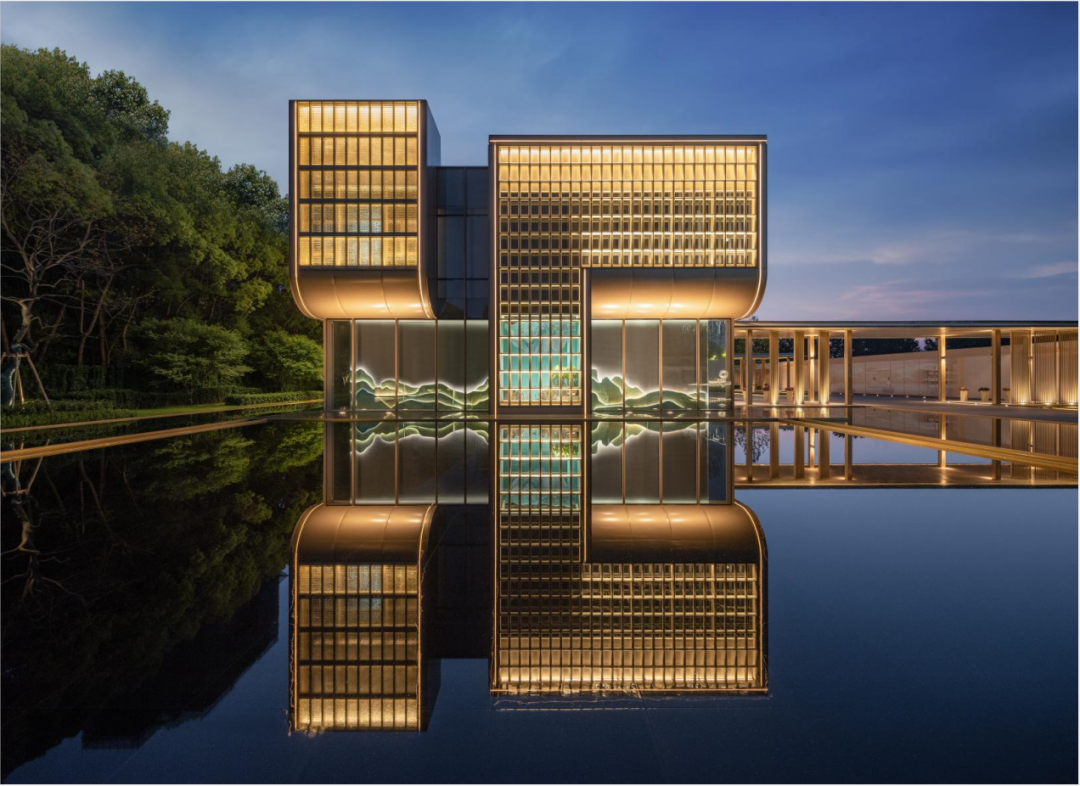
From a functional perspective, the use of double-glazed glass and lightweight metal mesh not only adds to the beauty of the building, but also plays an important role in reducing energy consumption and temperature control. The combination of linear and indirect lighting has also effectively reduced the boundaries between spaces and created greater coherence in the entire space. The two-layer design of the building, using reflective brown glass and transparent brick, gently and pleasantly directs natural light into the interior while maintaining privacy.
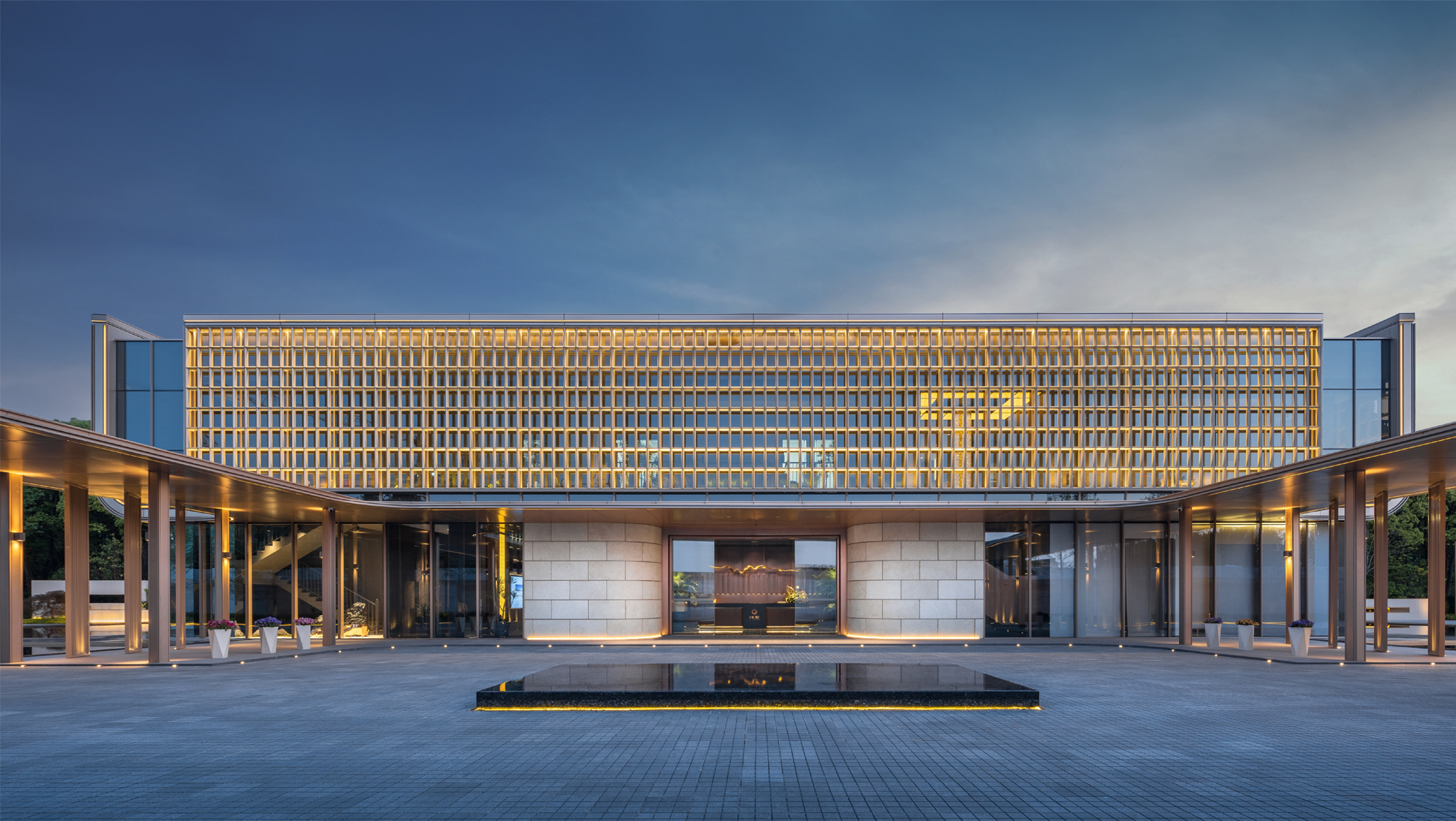
From a Gestalt perspective, the design is clearly inspired by the shapes and patterns of nature. The delicate curves and soft lines of the project are reminiscent of water flows and natural forms, which are transformed into an abstract and minimal state using modern materials such as glass and metal. The design also interacts with open spaces and water reflections, which are similar to traditional East Asian architecture, especially classical Chinese and Japanese gardens. The project is a combination of tranquility, transparency and harmony that has become an architectural work of art.
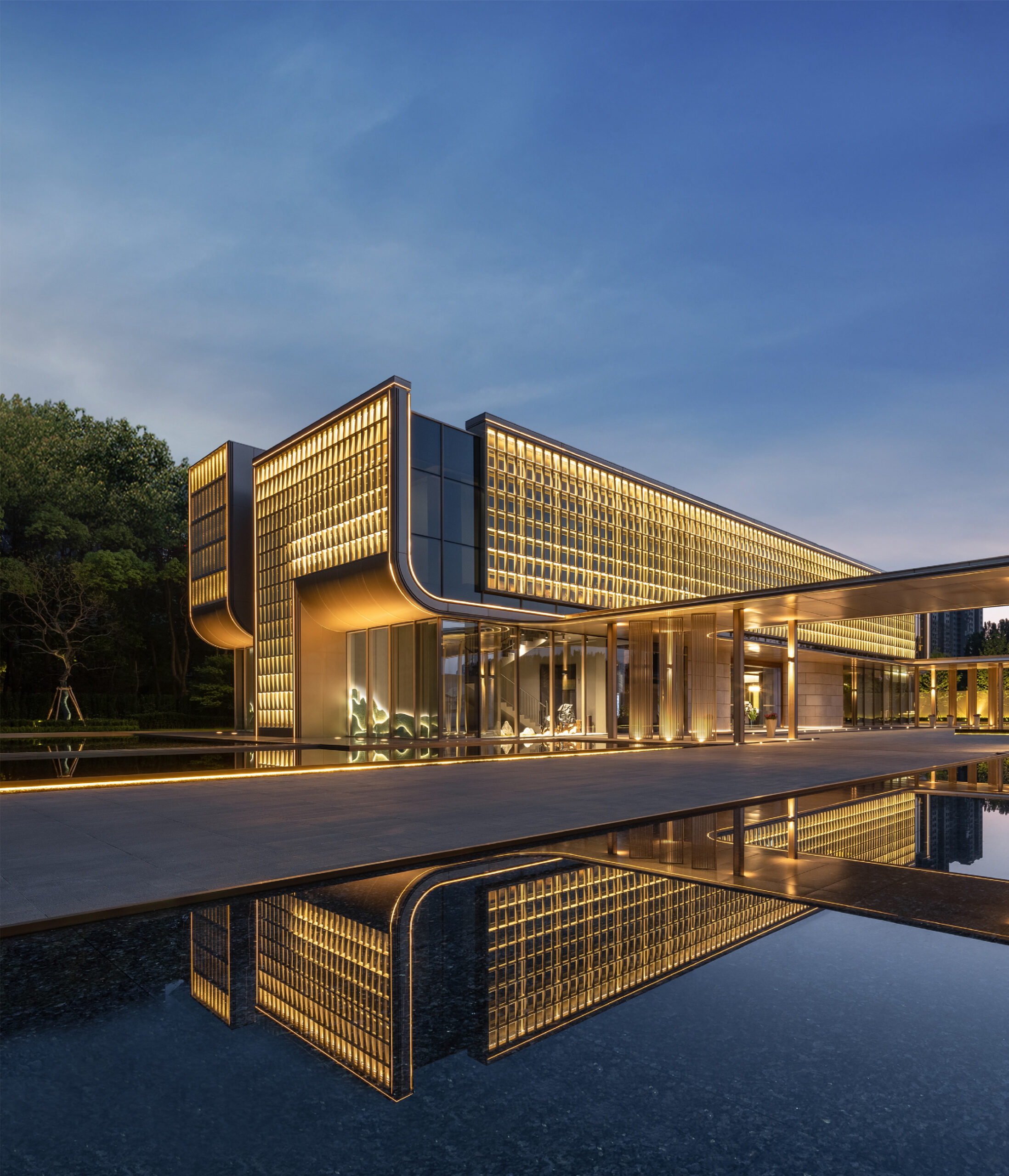
Brand: Tungsten Studio
Designers: Zhong Ming, Rong Wu, Jiangxia Liu
Prize: LIT Lighting Design Award
